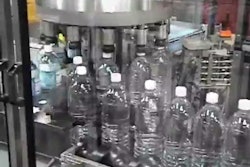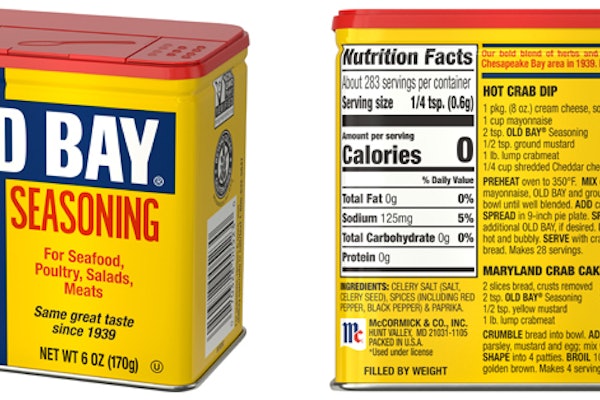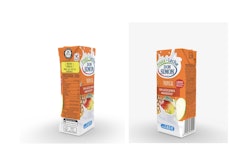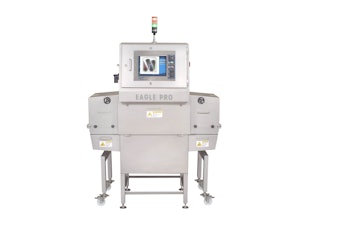In announcing a July 26 public meeting to discuss bar-code labeling, FDA cited statistics of an estimated 100ꯠ deaths annually in the United States from preventable medical errors, up to half of which are associated with FDA-regulated medical products. Economic costs associated with the mistakes are estimated at $177.4 billion. Bar codes could help prevent errors related to dispensing and administration of drugs and other products.
Advocates recommend that the unique numerical bar code be dose specific to identify the manufacturer, product, and package size or type, lot number, and expiration date.
FDA is seeking public comment on a number of issues related to bar coding, including the following:
• Which medical products should contain a bar code?
• What information should be contained in the bar code?
• Should there be a specific bar-code symbology?
• Where on the package should bar codes be placed?
• Will bar-code printing costs cause a manufacturer to modify packaging choices or influence future packaging choices? If so, how?
• If bar codes are required, when should the regulation become effective?























